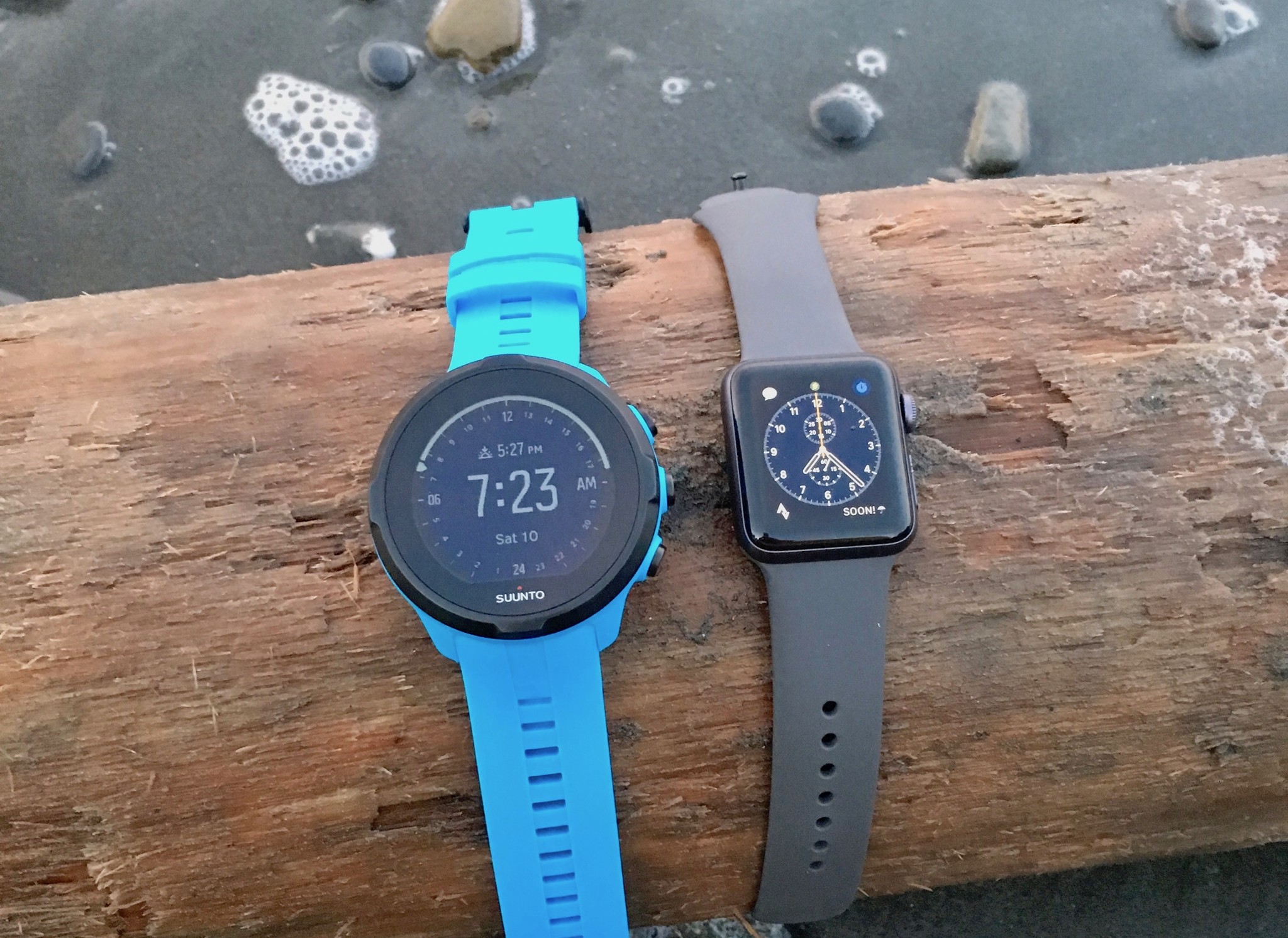Around where I live, the Apple Watch is a hit. I'm often surprised at how many people I see wearing one as I visit clients, or while standing in line at the coffee shop. Smart notifications, custom complications, and fitness tracking have made the watch a compelling product for most everyday tasks, and as of Series 3, the product seems to have at last found its groove.
But I don't spend my free time doing everyday tasks: I prefer to leave the pavement and the daily workout routine behind and head for the mountains. Naturally, it made me curious — could the Series 3 Apple Watch track my backcountry workouts as well as more-normal tasks?
iPhone, watch, or GPS device?
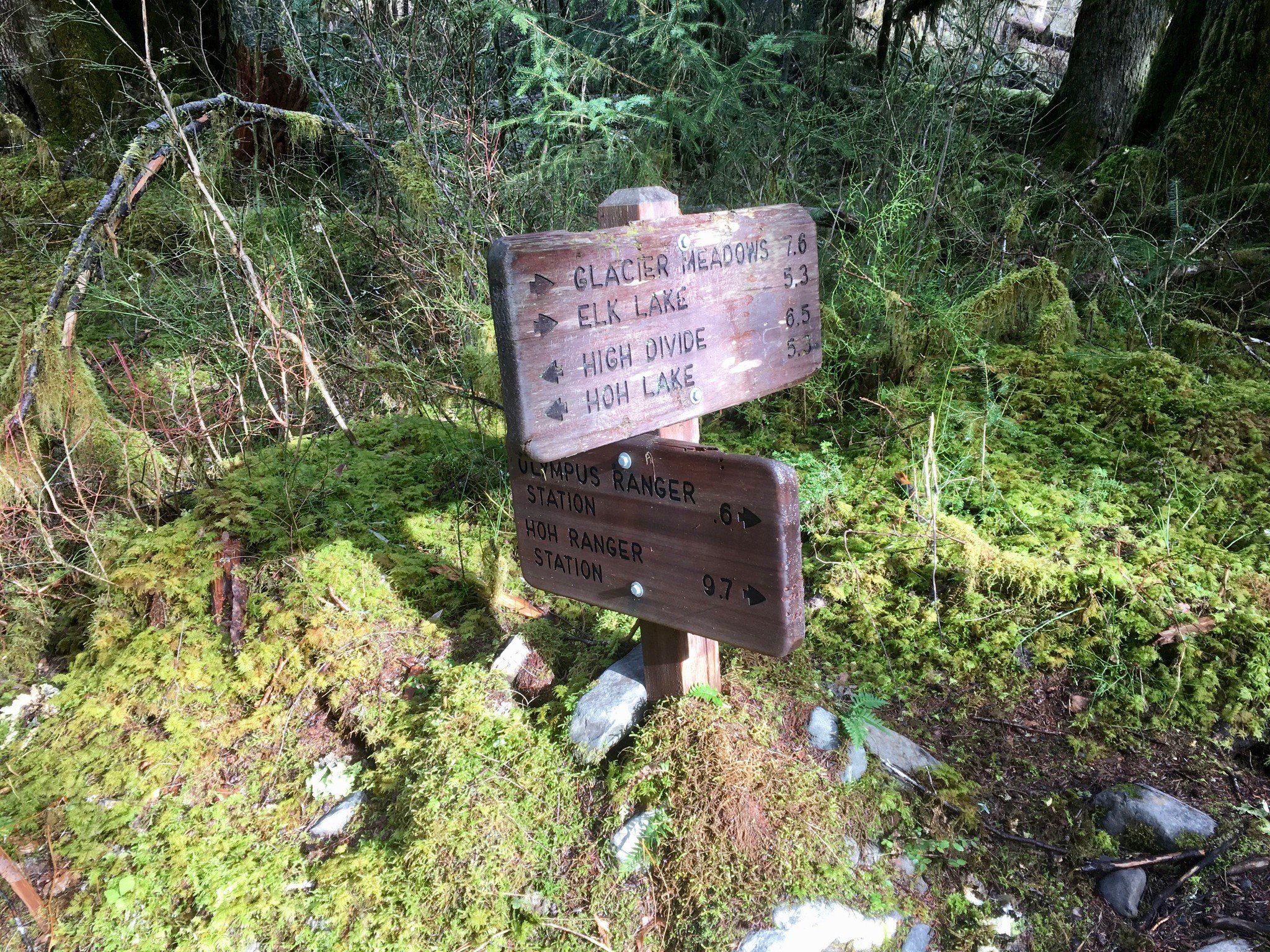
I've been using my iPhone to track workouts and activity for several years now using the popular Strava app. With the app and phone, I get reasonable accurate GPS data for all my runs, including elevation profiles and detailed route tracking.
Last year, I crossed the Grand Canyon on the famous R2R2R trail. I ran from South Rim to North Rim, tracking my run with my iPhone (and taking plenty of pictures along the way). On what ended up being a 19-hour journey, I charged my device mid-run with a little GoalZero battery pack and a three-inch Lightning cable; as such, my iPhone never came close to running out of juice.
Pro tip for running with the iPhone: Dim its screen way down and put your device into Airplane mode to keep your battery lasting as long as possible.
But it's not just smartphones that can track your runs: Many ultrarunners (ultra = traveling extra-long distances, usually 42k or more) use Garmin or Suunto watches to track runs and athletic progress.
A few months ago, I joined that club and bought myself a Suunto Spartan Sport Wrist HR GPS watch. Its $499 price is pretty standard for for ultrarunning and backcountry exploring trackers, though the watch is a monster in size on your wrist.
At this price, Suunto also has a lot of comparable features to the Series 3 Apple Watch: While higher-end trackers have additional sensors like barometers and altimeters that can offer more accurate elevation tracking, they're also closer to the $700-$900 range; most watches for GPS-tracking come in closer to $300-$500, right in line with a base-model Series 3 Apple Watch.
At this point, I felt comfortable with my Suunto and iPhone, so I had a good baseline to test against my 38mm Series 3 Apple Watch.
For my primary test, the plan was to take both watches out into the wilderness — deep into Olympic National Park in Washington state. There's no cell service — only rugged terrain, high mountains, old trees and, as luck would have it, a sunny (but cold) day. I also tracked over a dozen training runs with both watches, so as to get multiple data points.
I had three categories I was most interested in comparing:
- General ease of use: How does the Apple Watch fit into the lifestyle of a backcountry trail runner?
- Battery life: How long can I stay in the backcountry and have the Apple Watch reliably track my location?
- GPS accuracy: Does the Apple Watch accurately track my activity, run length, and where I am on the trail? This isn't just a vanity metric: If I get lost in the backcountry, a reliable GPS signal allows me to stay safe and get back to familiar grounds.
This was, admittedly, narrow criteria: Both of these watch options can do a lot more, especially the Apple Watch.
But in the backcountry — far away from cell service that you don't need — you shouldn't be too concerned about bill reminders, summoning Siri, reading texts, or streaming music. (And without a signal, you're out of luck for most of those features, anyway.) Additionally, by reducing the number of actions you perform on your Apple Watch, you can keep your battery lasting much longer than if you were trying to send a message during your run.
How the Apple Watch fares against the Suunto Sport

After several months of testing these watches head to head, it's often felt like I'm comparing a Jeep to a BMW. (You guess which one is which.) A BMW can win in most every daily driving situation, yes. But there are a few occasions where you'd only want to take a Jeep. Backcountry running? That may well be one of those situations. But as I came to discover, the Jeep wasn't always the right tool, either.
During my tests, I set out with both watches in Airplane mode, with external signals disabled. I recorded my run in Strava on the Apple Watch, while I used the onboard activity app for the Suunto.
General ease of use
Let's start with general wear. On the wrist, the Apple Watch feels great: It's much easier to pull jacket sleeves up and down over its 38mm size than the Suunto. I expected some fatigue from consistently wearing devices around my wrist, but after 5+ hours I didn't mind either of the watches.
Both watches charge via their respective proprietary USB connector cable, which connect to the rear sensor area of the watch. Unfortunately, this means mid-activity charging is impossible for either device — which, quite frankly, sucks when you're on the trail for long distances.
Additionally, the Apple Watch charger, while slick and beautiful on a bedside table, is useless if you want to charge your watch in the car on the way to the trailhead. The magnetic connection is way too flimsy and can all too easily disconnect while driving. In contrast, Suunto's connector is stronger: The magnet connects with more heft and can handle a lot of jiggling around in the car before it disconnects.
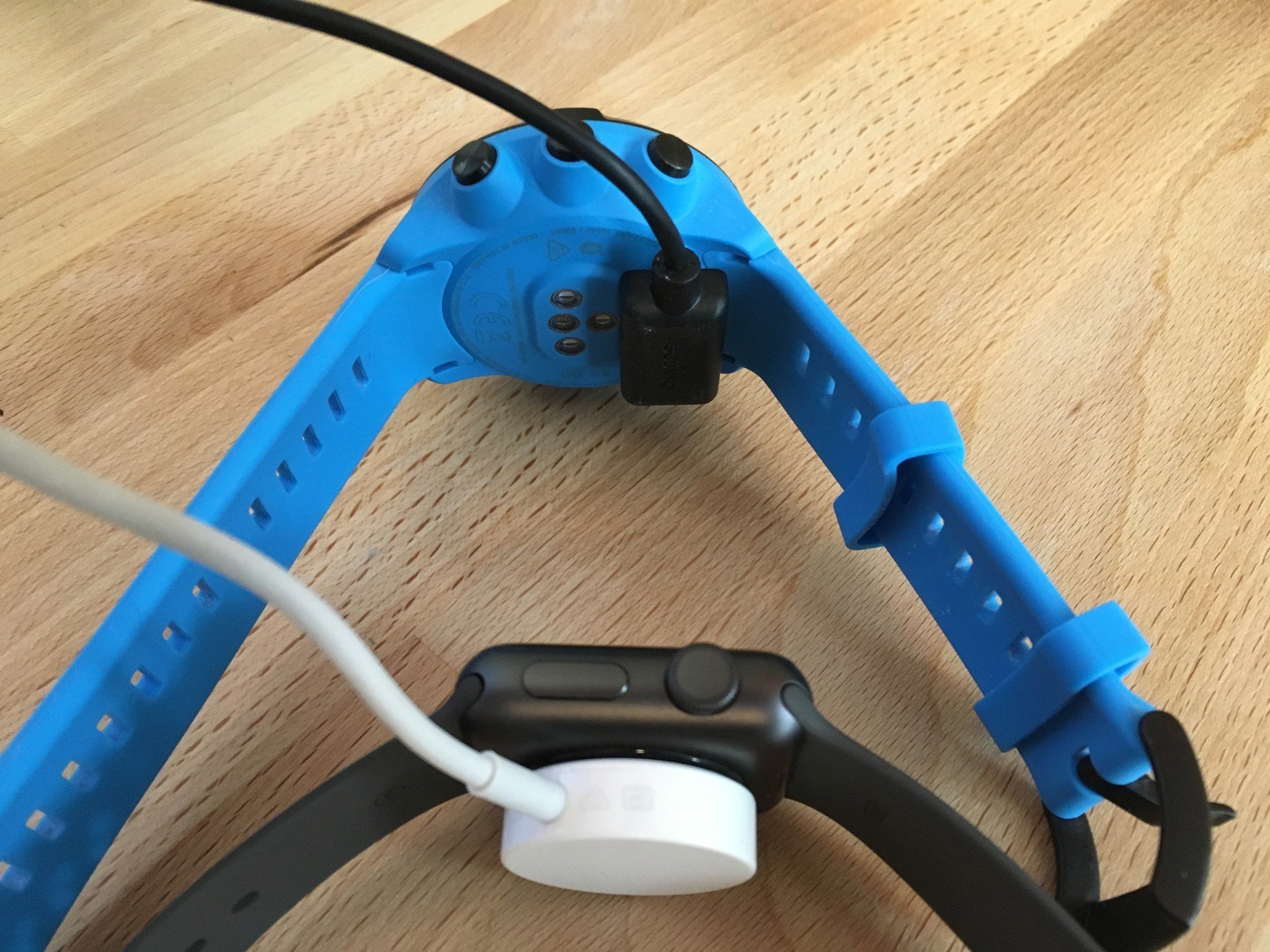
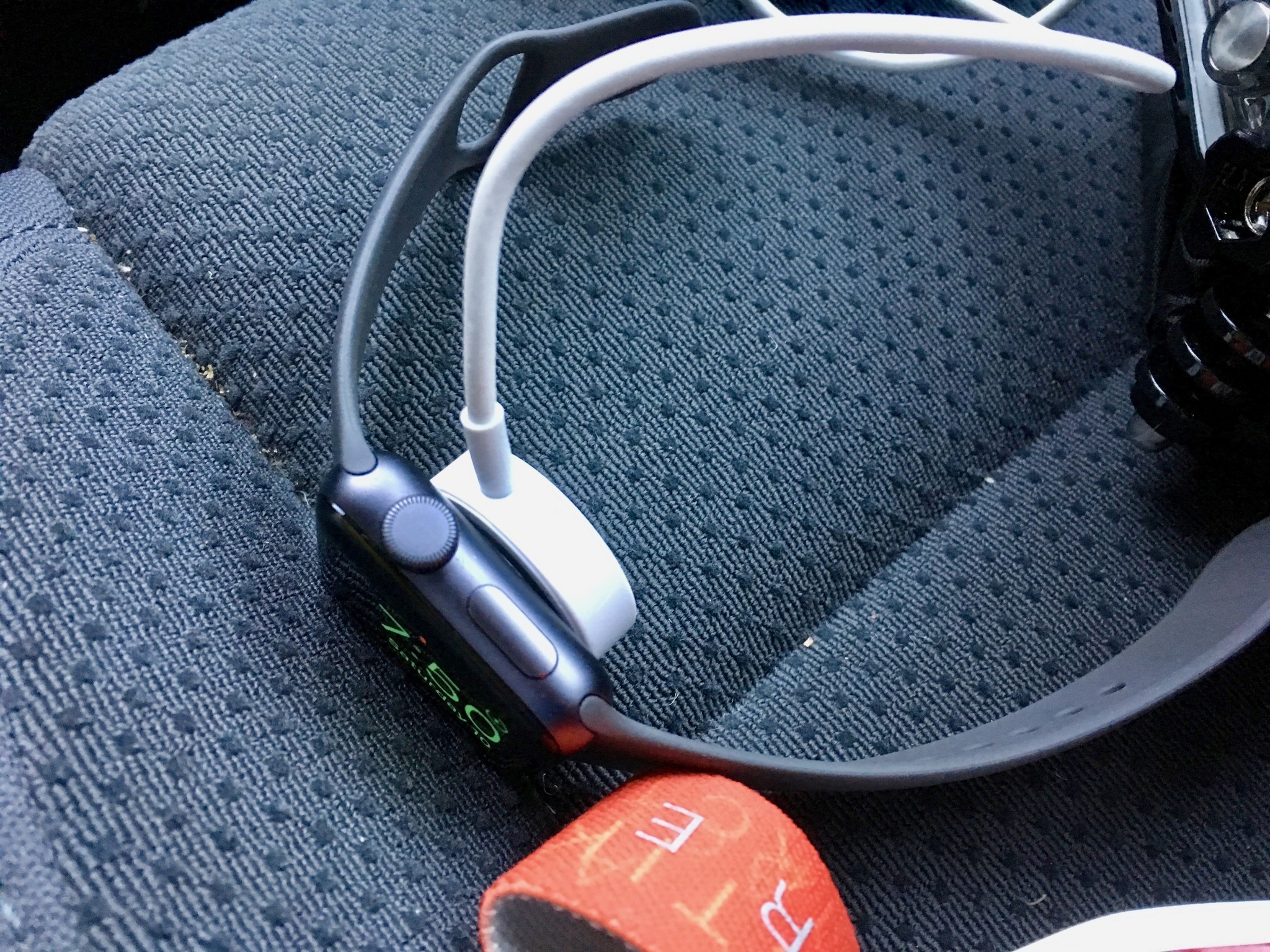
During a run, the delay of the Apple Watch's 'raise to wake' view is ever so slightly annoying; the Suunto's always-on screen is better for quick glances at your progress as you run.
I also wish I could lock the screen of the Apple Watch to one app. Sometimes, mid-run, I felt there was too much going on on that tiny screen. All I want is a big button to track my run and some numbers to show my progress.
One thing I thought would be a big plus for the Apple Watch was the ability to natively use the Strava app to track my run. But in my testing, it wasn't so great: I lost a run completely, and syncing sometimes required a bit of extra help, especially after the watch was in Airplane mode and away from the phone.
Suunto has its own app, Movescount. This app lets you transfer the data from the Spartan watch over to a website. There, you can see a whole bunch more information and sync your activity to Strava. The intermediary step is annoying, but the Movescount app actually offers additional data points, like Cadence tracking, suggested recovery time, and a few other things I found quite helpful.
One funny note: In two months of testing, I only once closed all my Activity Rings — and it wasn't even on a big backcountry day. (The truth is, after you come back from a long day out, sweaty and exhausted, the first thing you're going to do is take off your watch and recharge it. Goodbye, stand goal.)
GPS tests
Both the Apple Watch and Suunto Spartan performed surprisingly similar in my GPS tests during my main trail run.
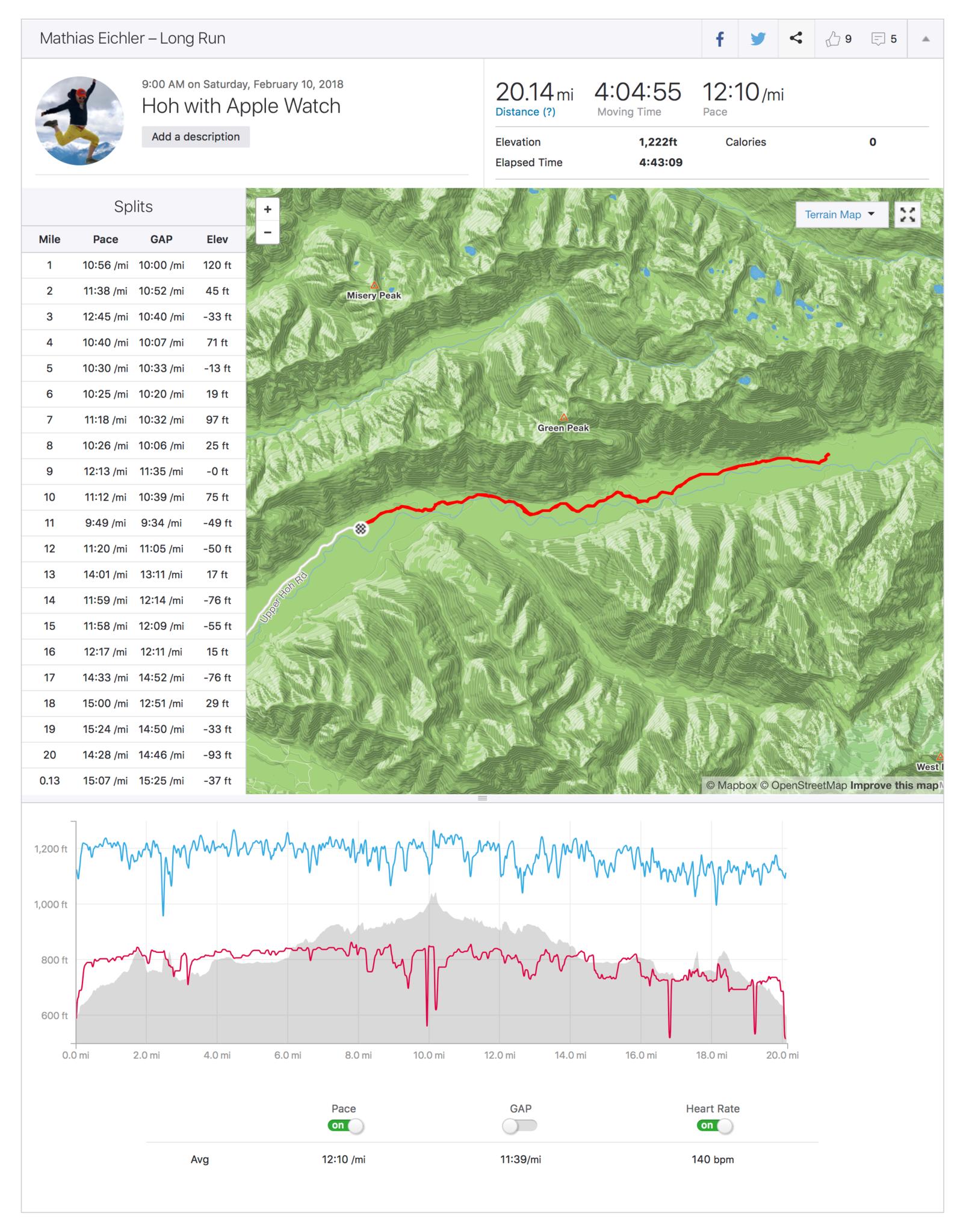
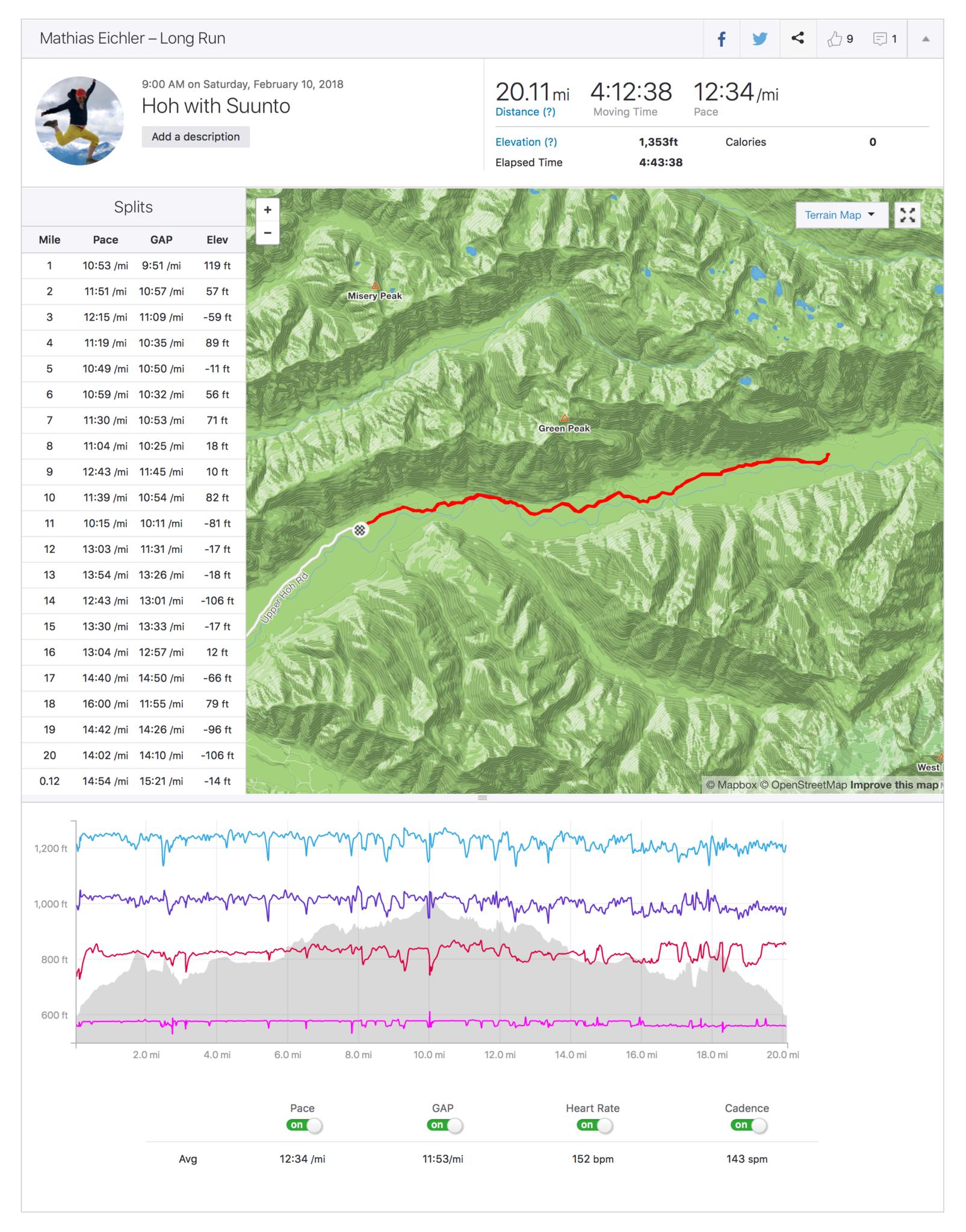
- The Apple Watch tracked my backcountry run at 20.11miles, while Suunto came in at 20.14miles.
- Elevation gain for Apple Watch was 1222ft, while the Suunto Spartan put it at 1353ft. This is on par with the official numbers for this trail, and the deviation is acceptable.
On subsequent training runs, I was pretty pleased with the Apple Watch's GPS performance. It even pulled ahead of Suunto in some respects — especially elevation accuracy.
Battery
Battery life was an eye-opener: I started my run with both watches fully charged, but after five hours of activity, the Apple Watch was down to 15%, while the Suunto still had 40% juice left. I did test these watches during winter in the Pacific Northwest, and the cold temperatures might have had an affect on battery performance. (It was 32 degrees on my backcountry run with frost on the ground in places).
And I had both watches continuously track my heart rate throughout, which is something you can disable to extend battery life. That said, on a different run with heart rate tracking turned off, I still lost about 15% battery life after an hour of Strava tracking.
The size of the Apple Watch is worth considering, too: I ran with the smaller 38mm size, which historically has a tinier battery and poorer overall battery life than its 42mm cousin.
But given that I was already in Airplane mode, this number doesn't bode well for using Apple Watch to track any activity longer than 6-8 hours.
The ultimate backcountry tool is still out there
I was really hoping the Apple Watch could be an ultimate backcountry tool, but neither it nor my Suunto watch truly delivers right now: I wouldn't trust a watch as the only device I take with me into the wilderness. Their limited battery life, tiny screens, and inability to recharge throughout the run left me a bit lackluster. While both wearables have their perks, I had hoped for more from a smartwatch in 2018.
Both watches are a great additions to your backcountry toolkit, but neither are the end-all solution. The Apple Watch is like a little coupe sports car. It's lightweight, delightful to use, and fun, but it's also a bit finicky with too many dials and a small gas tank.
The Suunto Spartan, in contrast, is so big and bulky that you'd only want to wear it for your runs. It's aimed for one purpose only — to track your activity — and it does. But even it has its drawbacks.
My true discovery: I still love my iPhone

After about two months of testing, I came to the realization that even if my watches weren't the panacea I was looking for, I already have a great backcountry tool: my iPhone.
It can recharge mid-flight, a key problem that no smartwatch can really handle effectively. It has a large screen and powerful mapping apps, both of which are much better ways to navigate through the woods.
On backcountry outings, you need to bring a backpack with essential gear, and a phone and charger won't add much to your weight. And, of course: You need to phone to take pictures of your trip.
I was looking forward to wearing a watch again all day, and there is something nice about getting that quick glance at your progress — something a smartphone can't provide. But as much as I like aspects of the Apple Watch, it's not yet the perfect backcountry tool for me. Maybe next year. Until then, I'll keep running with my iPhone.
Mathias creates beautiful many things. Co-founder of the Outdoor Society, publisher of outdoor inspiration including guidebooks, calendars and the weekly trail running podcast Singletrack. In his spare time he runs trails and climbs the mountains around his base camp Olympia, WA. Find him at The Outdoor Society or @mathiaseichler.
